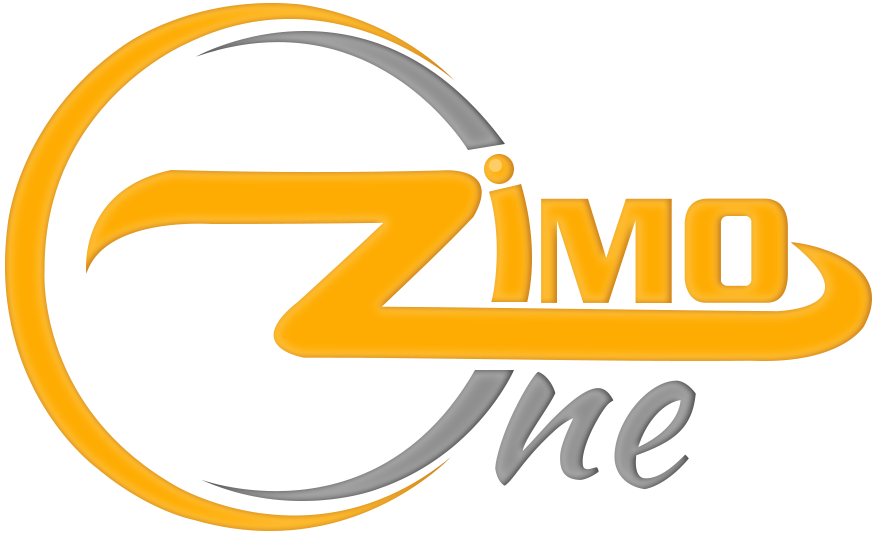FLUTTER VS SWIFT: Which is the better selection for IOS App Development?

Owing to the flood of mobile applications and apps available, it has become a struggle to choose the best-suited one with wider access. There seems to be an application for everything these days. A company’s lack of an application is as strange as not having a website ten years ago. Since there is a growing need for stable, user-friendly software, this could result in a loss of revenue. Luckily, modern technologies for developing mobile applications make it easier to create high-performing applications for iOS and Android. However, choosing the right technology stack is the first thing to consider while developing an application. Before making a decision on which one is the best for app development let us see which the best suited:
When developing iOS apps, the decision between Flutter and Swift is influenced by several variables, such as the demands of your project, the experience of your development team, and your long-term objectives. The following are some crucial factors to consider for each:
Flutter
Cross-Platform Development: Flutter is widely used these days. It uses a single codebase; Flutter enables you to create applications for both iOS and Android. If you wish to target several platforms, this can save you precious time and money. Owing to its economic benefits it is selling like hotcakes.
Hot Reload: Flutter is known for its hot reload feature. This feature called hot reload helps developers monitor changes in real time and quickly iterate on the functionality and design of the app. As developers write code, they can see real-time updates to the app thanks to Flutter’s “hot reload” functionality. This boosts productivity, promotes experimentation, and expedites growth.
Rich and customizable Widgets: Flutter encourages rich and customizable widgets. Developers may design aesthetically pleasing and consistent user experiences using Flutter’s extensive selection of highly customizable widgets. This adaptability makes it easier to create stunning and captivating apps.
The programming language Dart is comparatively straightforward to learn and strikes a decent mix between ease of development and app performance, even though it may not be as well-known as some other languages.
Performance: Apps created using Flutter frequently outperform native apps due to Flutter’s well-known performance. Its straight compilation to native ARM code is the cause of this. Apps built on Flutter give impressive results. They look more appealing.
Robust Community Support: The development community for Flutter is expanding and very engaged. This indicates that a multitude of tools, libraries, and third-party packages are accessible to support the creation of apps. In addition, the community offers first-rate assistance via tutorials, documentation, and forums.
Supported by Google: Developers and companies thinking about implementing the framework have a sense of confidence and certainty due to Google’s backing and dedication to Flutter. This support implies a sustained financial commitment to technology.
Robust Community Support: The development community for Flutter is expanding and very engaged. This indicates that a multitude of tools, libraries, and third-party packages are accessible to support the creation of apps. In addition, the community offers first-rate assistance via tutorials, documentation, and forums.
Open Source: Because Flutter is an open-source framework, developers from all over the world contribute to its ongoing evolution. This maintains the technology current and flexible enough to adjust to market movements.
Cost-Efficiency: Flutter can shorten development times and development expenses by removing the requirement to create separate codebases for iOS and Android.
In conclusion, Flutter’s success can be ascribed to its adaptability, performance, rapid development, and robust community backing. By making it simpler to produce excellent cross-platform apps while preserving a rich and captivating user experience, it meets the expectations of contemporary app development.
Swift
Developed for iOS, macOS, watchOS, and tvOS, Swift is Apple’s strong and contemporary programming language, provides direct access to all iOS and macOS APIs, which allows developers to leverage the full range of device capabilities.
Native iOS Development: Swift is Apple’s preferred language for developing native iOS, macOS, watchOS, and tvOS applications. It is used to build apps specifically for Apple’s platforms.
Performance: Swift is known for its high performance and efficiency. Apps written in Swift can take full advantage of the device’s hardware, resulting in fast and responsive user experiences.
Sturdy Ecosystem: Apple and the community have built a robust ecosystem of libraries, frameworks, and tools for Swift, which can speed up development.
Improved Integration: all developers prefer a platform that can be smoothly integrated. Swift offers smooth integration if you intend to work closely with iOS-specific technologies and APIs.
Strong Community Support: There is a sizable and vibrant Swift developer community with a wealth of information and documentation at their disposal.
Selecting Between Flutter and Swift
Apply Swift when:
- Creating native iOS and macOS apps is your main priority.
- You must make the most of native features and APIs.
- An essential component of your application is performance.
- You wish to benefit from Apple’s technology and ecosystem.
Apply Flutter if
- You wish to use a single codebase to create apps for several platforms.
- If you appreciate that creating UIs with customized widgets is simple.
- It’s critical to develop quickly and have a unified user interface (UI) across platforms.
- With a shared codebase, you want to target desktop, web, mobile, and iOS platforms without being restricted to any one of them.
Flutter and Swift are distinct technologies that are employed in app development: Flutter is a framework for creating cross-platform mobile apps, and Swift is a programming language used mostly in native iOS app development. The decision between Swift and Flutter ultimately comes down to the needs of your project and your long-term objectives. Some businesses even mix the two, utilizing Flutter for some UI elements or cross-platform functionalities and Swift for essential functions.
